
 call us : +8613866722531
call us : +8613866722531
 send a message : pweiping@techemi.com
send a message : pweiping@techemi.com
 call us : +8613866722531
call us : +8613866722531
 send a message : pweiping@techemi.com
send a message : pweiping@techemi.com
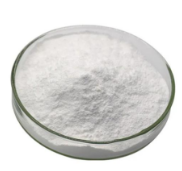
Name: Sodium bicarbonate CAS No.: 144-55-8 Appearance: White powder or opaque monoclinic system fine crystals Molecular formula: CHNaO3 Molecular Weight: 84.01 Melting point:>300 °C(lit.) PACKAGE:25KG/BAG
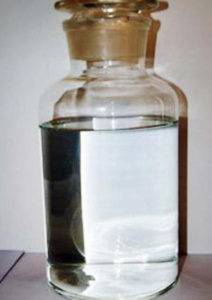
Name: Dichroromethylvinylsilane CAS number: 124-70-9 Molecular formula: C3H6Cl2Si Molecular weight: 141.07 EINECS number: 204-710-3 Mol file: 124-70-9.mol
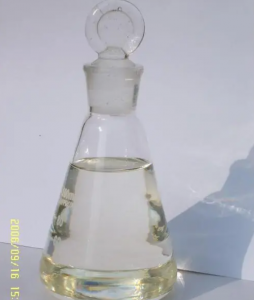
Name: Vinyltrimethylsilane CAS number: 754-05-2 Molecular formula: C5H12Si Molecular weight: 100.23 EINECS number: 212-042-9 Mol file: 754-05-2.mol
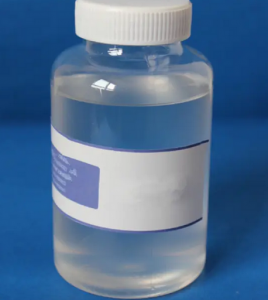
Name: Ethoxydimethylvinylsilane CAS number: 5356-83-2 Molecular formula: C6H14OSi Molecular weight: 130.26 EINECS number: 226-341-7 Mol file: 5356-83-2.mol
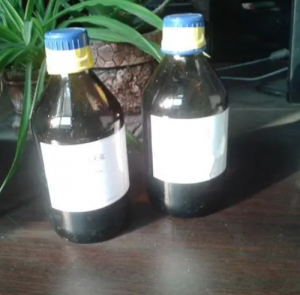
Name: CHLORODIMETHYLPINYLSILANE CAS number: 1719-58-0 Molecular formula: C4H9ClSi Molecular weight: 120.65 EINECS number: 217-007-1 Mol file: 1719-58-0.mol
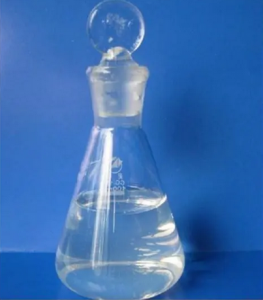
Name: 1,1,3,3-TETRAMETHYL-1,3-DIVINYLDISILAZANE CAS number: 7691-02-3 Molecular formula: C8H19NSi2 Molecular weight: 185.41 EINECS number: 231-701-1 Mol file: 7691-02-3.mol

Welcome to 138th China Import and Export Fair Dear Sir or Madam, The 138th Canton Fair is scheduled to open on October 15th, featuring continuous optimization of exhibition structure, various premium ...
Cyhalothrin is an organic compound that is used as a pesticide.It is a pyrethroid, a class of man-made insecticides that mimic the structure and insecticidal properties of the naturally occurring insecticide pyrethrum which comes from the flowers of chrysanthemums. Synthetic pyrethroids, like lambda-cyhalothrin, are often preferred as an active ingredient in insecticides because they remain effective for longer periods of time. It is a colorless solid, although samples can appear beige, with a mild odor. It has a low water solubility and is nonvolatile. It is used to control insects in cotton crops.
Pyrethroids, including lambda-cyhalothrin, disrupt the functioning of the nervous system in an organism. By disrupting the nervous system of insects, lambda-cyhalothrin may cause paralysis or death. Temperature influences its effectiveness. It is highly toxic to many fish and aquatic invertebrate species. Bioconcentration is possible in aquatic species, but bioaccumulation is not likely. Binding of lambda-cyhalothrin to soil and sediment reduces exposure and may lessen the risk to fish. Field studies found no significant adverse effects to fish. Lambda-cyhalothrin is also highly toxic to bees, although again field studies found few effects. In laboratory studies, alkaline water degraded lambda-cyhalothrin with an approximate half-life of 7 days, although at neutral and acidic pHs, degradation did not occur. Sunlight accelerates degradation in water and soil. The half-life of lambda-cyhalothrin on plant surfaces is 5 days. Lambda-cyhalothrin has a low potential to contaminate ground water due to its low water solubility and high potential to bind to soil.
 online service
online service +8613866722531
+8613866722531 pweiping@techemi.com
pweiping@techemi.com pweiping
pweiping +8613866722531
+8613866722531